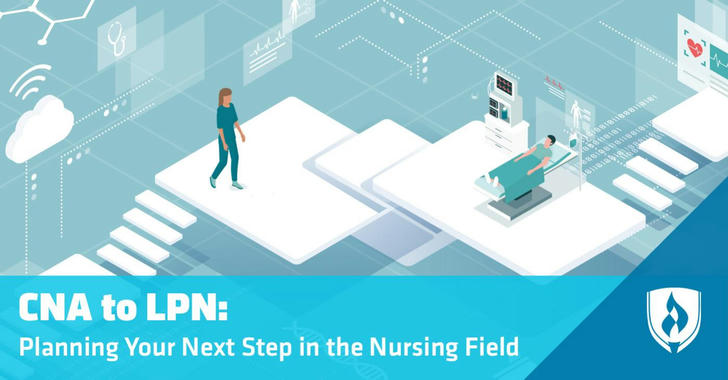12-Week LPN Programs? What CNA Holders Need to Know Before Enrolling
Thinking about moving from CNA to LPN — or jumping straight into an Online LPN Program? Here’s a down-to-earth, no-fluff guide that pulls together what’s actually happening in the U.S. training market today, so you can make realistic choices.

The short version: online ≠ fully remote, and LPN usually takes longer than a few months
Many programs advertised as “online” are actually hybrid: lecture and theory online, but skills labs and clinical rotations must be done in person at approved sites. That’s because state boards require hands-on clinical hours for LPN licensure. Check each program’s clinical-hour policy before applying.
Most reputable LPN programs run about 12–18 months, though some accelerated tracks compress coursework and clinicals into 6–12 months for full-time students. Claims of completing a full LPN program in 12 weeks are generally misleading — short courses may cover isolated modules or CNA training, but not the full scope required to sit for the NCLEX-PN and obtain an LPN license. Treat “12-week LPN” claims with caution and always verify with the state board of nursing.
CNA → LPN bridges: a realistic pathway
If already a CNA, a bridge program can speed things up because prior experience can satisfy some practical skills prerequisites. Many community colleges and private schools offer CNA to LPN bridge options that can run from about 9 months (accelerated, full-time) to 18–24 months (part-time). Examples of institutions that publish CNA→LPN pathways include Herzing and various community colleges — they typically require proof of CNA certification, some clinical experience, and completion of prerequisite courses.
What “Cna to Lpn Online” really looks like
An online CNA→LPN program will typically include:
🔸Online lectures, quizzes and virtual simulations;
🔸Scheduled on-campus or partner-site labs for hands-on skills;
🔸Arranged clinical placements supervised by an RN;
🔸Requirements for immunizations, background checks and drug screens.
Read program pages carefully to confirm how and where the clinicals are scheduled and whether the school helps place students locally. Not every online program can place students in every state.
The reality about “12 Week LPN Program Online”
There are legitimate accelerated modules and intensive review courses that last weeks (e.g., skills refreshers, NCLEX prep, or short certificate updates). However, completing a full LPN curriculum — covering anatomy, pharmacology, clinical decision-making and the required clinical hours — in 12 weeks is not typical for accredited programs preparing students for the NCLEX-PN. If a program markets a 12-week completion for full LPN licensure, verify accreditation and NCLEX eligibility with the school and the state board before paying any deposit.
Accreditation, NCLEX pass rates and state rules — non-negotiables
Choose programs with recognized accreditation and check recent NCLEX-PN pass rates or program completion statistics. Accreditation bodies and pass rates are the clearest signals of a program’s quality and whether graduates are prepared for licensure. Also confirm that the program’s curriculum meets your state board of nursing requirements — licensure rules differ by state and will determine whether you can sit for NCLEX-PN after graduation.
Costs, timeline and ROI (real talk)
🔹Time: Expect 6–18 months depending on whether you pick an accelerated, full-time track or a part-time path.
🔹Money: Community-college CNA→LPN bridges are generally cheaper than private-school routes. Factor in tuition, books, clinical fees, background checks and NCLEX testing fees.
🔹Return: LPN pay varies by region and facility, but career-wise the LPN role usually offers higher wages and more clinical responsibility than CNA work — the upgrade often pays off if planned sensibly.
How to pick the right program — quick checklist
1.Verify accreditation and NCLEX eligibility. Ask for recent pass-rate data.
2.Confirm clinical placements and locations. Ensure the program can place you in your state.
3.Check prerequisites and transfer credit policies. Will your CNA hours or prior coursework shorten the program?
4.Understand the real timeline. If a program promises extreme speed (e.g., 12 weeks), ask exactly what’s included and verify with the state board.
5.Compare total cost (not just tuition). Include hidden fees and estimated living costs if accelerating requires full-time study.
Bottom line
CNA to LPN Program and Cna to Lpn Online pathways are solid, practical routes to advance a nursing career — but real programs take time, require hands-on clinical work, and must meet state rules. Online LPN Program options are useful for theory learning, but expect labs and clinicals in person. As for 12 Week LPN Program Online — treat that as a red flag for full licensure and double-check accreditation and board approval before signing up.
